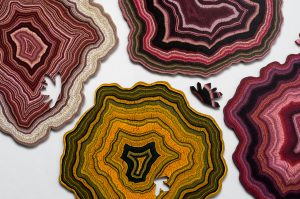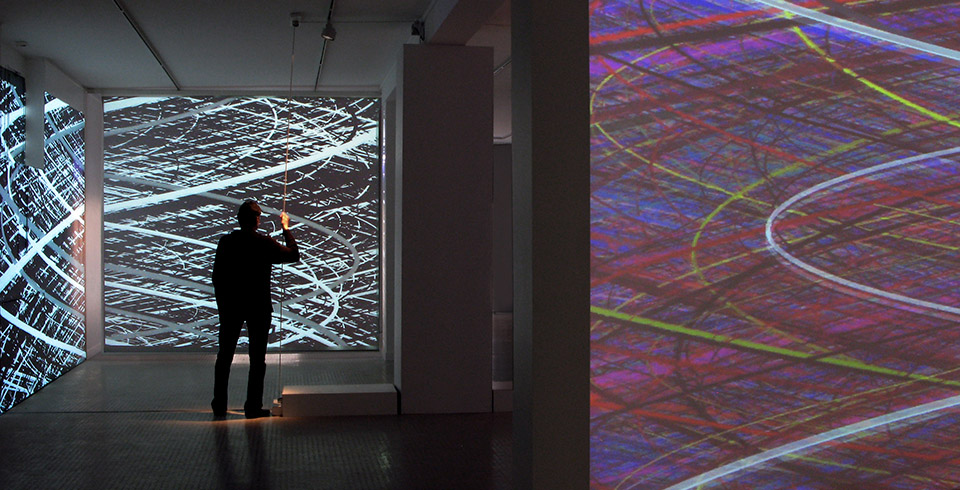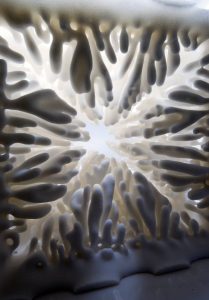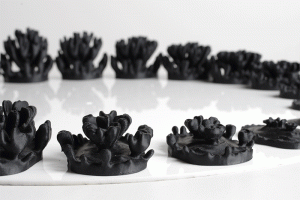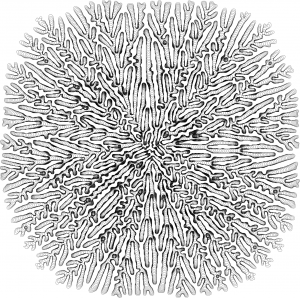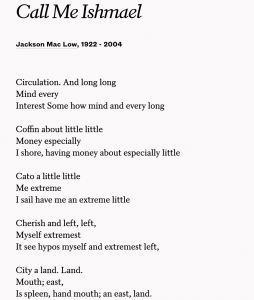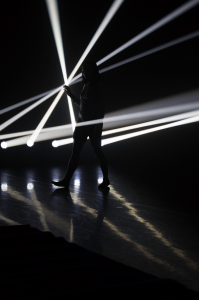
Photo of Dancer and Lights Interacting (Pattern Recognition by Memo Akten)
The project, Pattern Recognition by Memo Akten, is an interactive performance between dancers and lights. Essentially, the lights follow the movement of the dancer, making the dance more dynamic and the movements more continuous. What I admire about this project is the ability of the lights to detect movement of a specific dancer. The reason being that, artistically, the lights can emphasize the movement of one dancer over the others and help direct the audience’s attention to where the choreographer wants their attention to be. I, a dancer myself, find this project fascinating because it adds so much more to the experience of a dance performance.
To briefly explain how this works, there’s a training phase where the learning algorithm analyzes the movement of the dancer (training data) and spits out a model. Then in the prediction phase, new data (paired to a target) is inputted into the model and the model eventually creates an output, a prediction of movement. When creating this project and algorithm, Memo Akten definitely thought about the themes of learning and memory for both the dancer and the machine. As stated in the article below, “Computational Creativity research is not only concerned with the creative output of the algorithms or technical implementation details, but is equally — if not more — concerned with the philosophical, cognitive, psychological and semantic connotations of machines exhibiting creative behavior, or acting creative”.
![[OLD FALL 2018] 15-104 • Introduction to Computing for Creative Practice](../../../../wp-content/uploads/2020/08/stop-banner.png)


